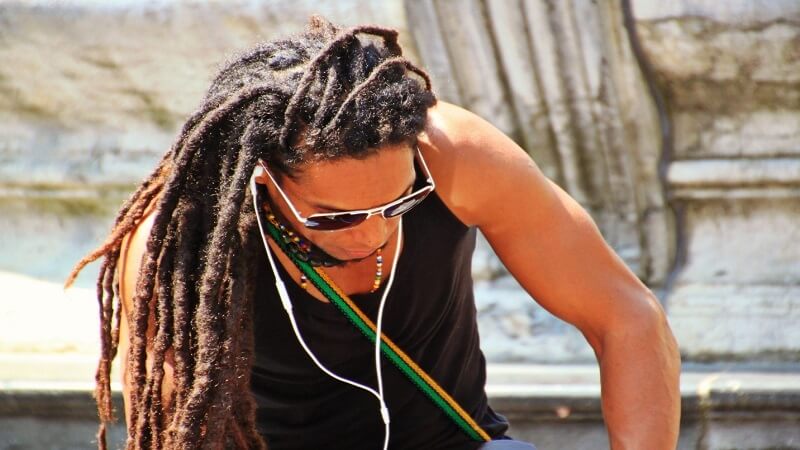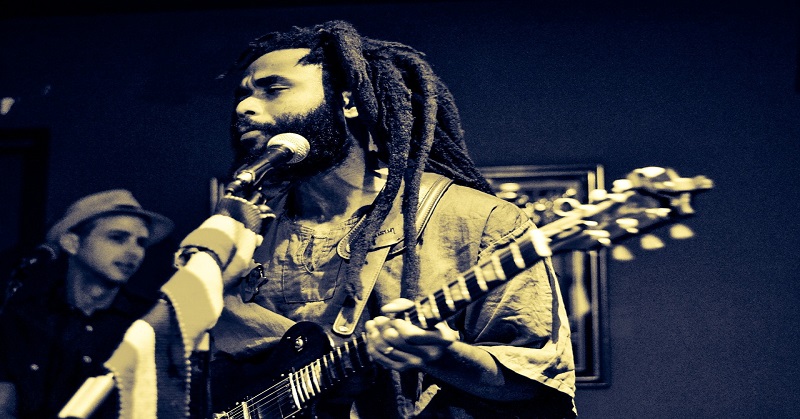Over the past few decades, dreadlocks have become an incredibly popular hairstyle. Not only are they incredibly practical, but they also look cool, which is why many people appreciate them. Nonetheless, even though the globe’s white population adopted them via Jamaican reggae artist Bob Marley, their past in the world is a rich and extensive one.
Many cultures, including the Rastafarian one to which Marley belongs, wear dreads for more than just their aspect. Thus, they are more than just an edgy hairstyle. They have deep spiritual significance, which is why you need to read more about the history of dreadlocks before getting them. You’ll be surprised about how broad it really is.
The History Of Dreadlocks


Even though dreadlocks have just recently permeated the mainstream due to the popularity of reggae music in the Western world, they actually date back millennia ago. Over many thousands of years, many cultures from all the corners of the globe have worn them. The first archaeological evidence comes from Ancient Egypt.
Mummies have been discovered there with the hairstyle, and it was pretty well preserved too. What is more, images of dreadlocked Egyptians were commonly depicted by the hieroglyphs of the time. And speaking of imagery, some illustrations were discovered in Crete and Santorini as well, and they date back to the ancient Greek times of 3600 BC.
Roman accounts of the Celt attest their existence in this culture as well, and plenty other minor civilizations wore dreads. Indians weren’t strangers to dreadlocks either. Their ancient scriptures of Veda attest to their existence in the land as early as 1500 BC. They were known as jata in Sanskrit, and the Hindu god Shiva wore them with pride.
As far as the black community is concerned, their relationship with dreads started in ancient times as well. Kenyan warriors wore their hair braided in this way, as did the dignified people of Kemet and Nubia. This tradition, combined with the Rastafari loyalty to the Bible, is what propagated dreadlocks in Jamaica beginning with the 1930s.
Rastafarians And Dreadlocks
When it comes to the history of dreadlocks among the Rastafarians, they date back to the Pinnacle community of Jamaica. Marijuana was being cultivated there for religious consumption, which led to many police raids over the year. The owner of the parcel had to put together a brigade of guards to protect the property.
In honor of the mighty warriors of ancient Kenya, these guardsmen wore their hair in dreadlocks. They were known as the “locksmen”, and they had a spiritual guardian role of sorts. Due to this, as well as the reasons we will discuss shortly, the hairstyle became part of the Rastafarian tradition.
From a Biblical point of view, the Rastafarian fondness of dreadlocks can be explained through a passage in Leviticus 21:5, which advises people “not [to] make baldness upon their head.” Therefore, there is a spiritual facet to them, according to BBC. What is more, they are opposed to combing and grooming their hair due to a desire to keep the body in its usual state.
Because of the texture of African hair, dreadlocks almost occur naturally when the hair is left unattended to. This ties in with the Rasta desire to connect with the Earth in every way possible. Still, their religious significance extends past the Bible. It also has to do with feeling united with Jah, the Rasta God.
Dreadlocks are also worn to emulate the mane of the Lion of Judah, a figure that is often identified with Emperor Haile Selassie the First of Ethiopia. He is considered the Second Coming of Jesus of Nazareth and is a Messiah figure for the Rastafari. He is also supposedly the direct descendant of King Solomon and the Queen of Sheba.
Nonetheless, the symbolism of the lion extends even further than that. It is a proud and powerful animal, the mighty king of the jungle. Yet, it is humble at the same time. These qualities are important for the Rastafari, as they symbolize their own worldview. All in all, the dreadlock implies many major concepts in Rastafarianism, which is why they are worn proudly.
Final Thoughts
Dreadlocks are more than a fashion accessory. They are a hairstyle with a deep cultural and religious significance for many communities around the world. However, none treasure them more profoundly than the Rastafarians of Jamaica. Due to the reasons explained above, it has become obvious why that is so.

